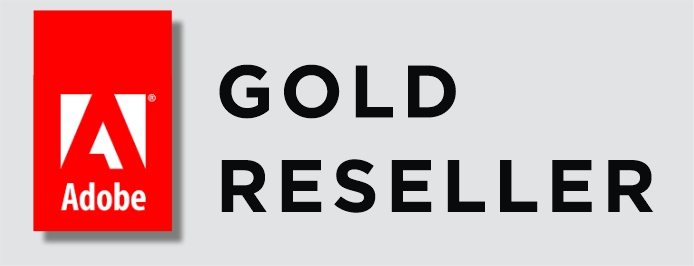Using open source software has become very common these days, and it’s easy to see why. Having access to free software that you can also modify to fit your requirements is a great idea. Plus, open source software is easy to access online and most of the time it also has frequent updates. Yet it also has some downsides too, especially if you want to use it as a business. Here are both the pros and cons of using open source software if you have a business.
Pros
A low initial cost
Yes, one of the advantages of open source software is that you will not have to deal with high costs. If anything, open source software is free to access, and you can start using it right away. There’s no need to wait for anything, instead you just install it and you are good to go. That alone is a huge benefit for most businesses who are starting out and don’t have a budget for expensive software.
Reliability
With open source software you will always have great reliability. Anyone can help change the source and modify it to add unique features. And that’s where it shines, because you can have people actively working on features you want, and you get all of that for free. As you can imagine, it gets very expensive to have software custom-made. There’s no guarantee your features will be implemented, but for the most part you are getting a very solid deal.
Great longevity
Open source tools are known to have very good longevity. People can start using them years or even a decade after the software was made, and they might still receive support. Plus, since anyone can start working on the code, there’s always someone updating or offering new features. Having access to a dedicated team of programmers is a great opportunity to enhance the open source software’s longevity, while also not diminishing its overall importance.
Flexibility
We should also note the fact that open source software is also quite flexible. Closed source software doesn’t allow modifications, and that can be very restrictive. That’s not the case here, and you will find the entire experience to be a lot better. You know you don’t have to deal with any software limits, and there are still great features and comprehensive support, which is always nice to have.
Security benefits
Usually, open source software is a lot easier to manage or handle when compared to other tools. And that’s where it shines, because regular enterprise software can take months to receive an update. Yet open source software usually receive updates a lot more often.
Cons
Exposure to vulnerabilities
Since open source software is accessible to everyone, that also means you can find maleficent programmers that add vulnerabilities or even malware. You are exposed to vulnerabilities quite a lot as a business, if you choose to use free software. That’s why you have to be very careful, since it can become very problematic for your business.
No warranty
Obviously, it’s free software, so you are not getting any warranty or extra support. You also don’t get the promise that any issues will ever be solved. They might, but you can’t know that. It’s important to always keep these things in mind and realize that since open source software is free, it doesn’t come with any much-needed support in the long term.
Copyright issues
The open source software you get online might have some copyright problems. You can’t customize it for yourself and brand it in your own name. That alone can be a problem for many businesses who like to have ownership over their stuff.
Random support
There’s no dedicated support for open source software. Sure, some programmers will try to update and work on it out of passion. But they don’t have to, nor are they paid for it. That alone means once you start using open source software, you are stuck with that version most likely. There’s no support, assistance or bug fixes promised. And obviously, it can be quite the issue to deal with something like that.
Hidden costs
There are plenty of overlooked costs that come with open source software. For example, training is difficult and also quite expensive. On top of that, you also need to think about any replacement tools, in case the open source software stops working. All those costs add up and they can be an issue. Not to mention there can be compatibility problems too.
Conclusion
There’s no denying that open source software can be great for businesses, but it also has downsides. Using it as a primary tool can be challenging, since there’s no real support and you can run into a variety of issues. While it can be great to have as a side option, there’s no denying that open source software might not fit the needs of a company due to the lack of support and long term updates!





Recent Comments